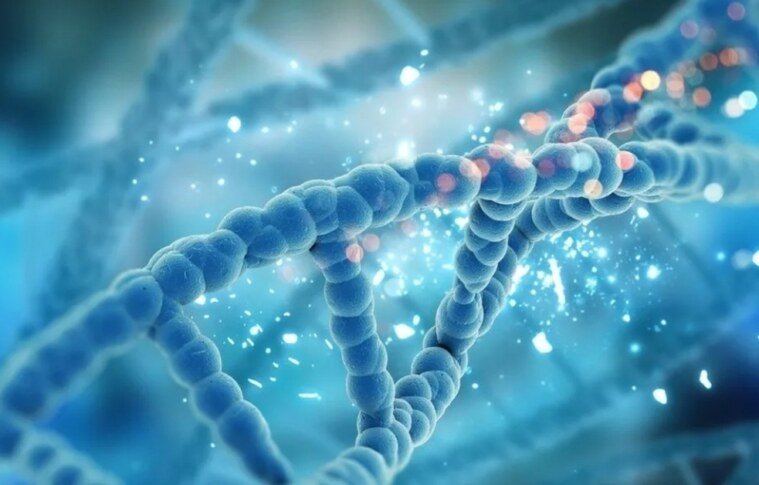Gene Synthesis is the process of artificially constructing strands of DNA and RNA molecules by joining smaller fragments of nucleic acids in the desired order. Several techniques have been developed over the past few decades that allow scientists to assemble DNA and RNA molecules component by component.
Early Development of Gene Synthesis Methods
Some of the earliest methods for chemically Gene Synthesis genes involved sequentially linking nucleotides together in the correct order using a series of chemical reactions. However, this was a slow process that could only produce short genetic sequences. In the 1980s, the development of enzymatic techniques that utilize DNA polymerases improved the speed and length of sequences that could be assembled. Today, genes up to several thousand bases long can be routinely synthesized using automated processes.
Ordering a Custom Gene Sequence
The process of ordering a custom gene sequence begins by submitting the desired DNA or RNA sequence in a digital file format to a gene synthesis company. Popular file formats are GenBank or FASTA. The company will analyze the sequence to ensure it is biologically plausible and does not encode anything dangerous or illegal. Oftentimes modifications like codon optimization are made during this design phase. One chooses production scale, purity level, and delivery method before paying for synthesis.
piece-by-piece Gene Assembly
State-of-the-art methods for assembling long gene sequences involve a unique “piece-by-piece” approach. The entire gene is divided into small fragments around 200 bases long that are individually synthesized. These fragments contain overlapping sequences that function as primers for an enzymatic assembly reaction. The fragments are combined in a single tube where they anneal together based on sequence complementarity and are joined by DNA polymerase. This process is repeated in successive rounds until the full-length gene is reconstructed.
Applications of Synthetic Genes
Synthetic genes find a wide variety of applications in scientific research and biotechnology. They are widely used to study gene function and regulation. Biopharmaceutical companies utilize custom genes to produce therapeutics like antibodies, vaccines, and protein drugs through fermentation of microorganisms. Synthetic DNA remains an enabling technology for genetic engineering of organisms as well as DNA nanotechnology. The synthesis of viral genomes has helped elucidate disease pathogenesis while assisting with vaccine design. As gene synthesis capabilities continue advancing, its applications are sure to grow.
Future Prospects for Optimized Gene Design
The future holds promise for major improvements in gene design compared to native genes. Scientists aim to develop design principles that yield genetically encoded products with enhanced, novel, or reassigned functions. Techniques involving high-throughput gene synthesis and directed evolution enable testing vast libraries of sequence variants in search of optimized gene functions. Looking ahead, genetic engineers may learn to program living systems much like digital code through standardized biological parts and abstraction of control logic underlying cell behavior. Ultimately, advances in gene synthesis could empower both basic discovery and transformative biotechnologies.
gene synthesis has reached a point where virtually any DNA or RNA molecule can be produced through a combination of computational design and physical assembly techniques. This powerful enabling technology supports critical applications across science and medicine today while raising prospects for re-engineering life at its fundamental molecular level in the years ahead. Continued innovation in synthesizing genomes promises to address major global challenges and shape the course of 21st century biotechnology.
Get More Insights on- Gene Synthesis
For Deeper Insights, Find the Report in the Language that You want:
•French
•German
•Italian
•Russian
•Japanese
•Chinese
•Korean
•Portuguese
About Author:
Money Singh is a seasoned content writer with over four years of experience in the market research sector. Her expertise spans various industries, including food and beverages, biotechnology, chemical and materials, defense and aerospace, consumer goods, etc. (https://www.linkedin.com/in/money-singh-590844163)
Gene Synthesis: How DNA Is Assembled to Provide New Insights Into Biology And Medicine
vaishnavicmi


Leave a comment